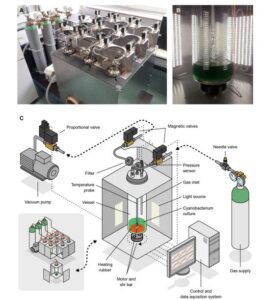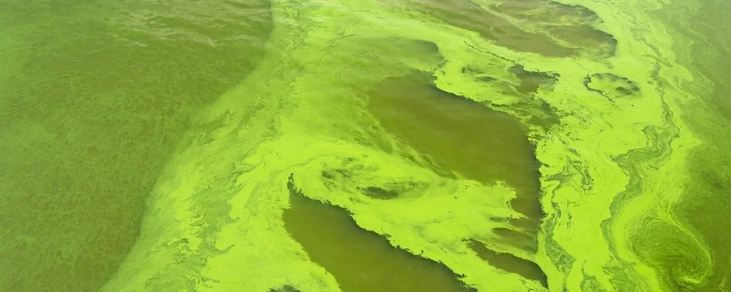Our big old planetary friend is not the best host right now. Mars is known as an inhospitable planet, but in the future, this might change.
Recent research shows that an intriguing bacteria, dubbed cyanobacteria, which is actually blue-green algae, can grow on Mars. Of course, we would need more than one ingredient, but this is definitely a strong step towards developing life-systems.
Here is what you need to know.
Blue-green Algae on Mars: What to Expect
According to recent research, blue-green algae can use gases in Mars’ atmosphere as their source of carbon and nitrogen. That means they can successfully develop.
The team’s work
Cyprien Verseux is an astrobiologist at the University of Bremen in Germany. He and his team developed a bioreactor and named it Atmos.
The bioreactor has an atmospheric pressure of approximately 10 % of our planet and contains water, and a Martian regolith simulant, a mix of minerals. It uses 96 % nitrogen and 4 % CO2 in inverted proportions, things found on the Red Planet.Â
The system, including nine glass-and-steel vessels, was pressure and temperature-controlled and examined daily.

Growing some algae
The team chose a species of nitrogen-fixing cyanobacteria and tested it under different conditions.Â
That included some parts used simulated Martian regolith, while others, a culture environment. Also, some algae were reduced to low pressure and some exposed to Earth atmospheric pressure.
The team’s findings
What the team discovered is genuinely intriguing. Researchers witnessed how the algae develop correctly.
Of course, there were a few differences. For example, the algae grew a bit slower on Martian regolith, while in the culture environment, it thrived.
So, the fact that the algae successfully grew on regolith here on Earth is fantastic. Researchers said that on the Red Planet, the algae would not have to rely on imported ingredients.Â
“[…] cyanobacteria kept their ability to grow in water containing only Mars-like dust and could still be used for feeding other microbes;[…] could help make long-term missions to Mars sustainable.”
Furthermore, the team dried the algae grown in Martian regolith and used it as a substrate to develop Escherichia coli. This method resulted in amino acids, sugars, and other nutrients, necessary to feed other cultures.
As intriguing as the recent research is, much more work awaits. However, we should expect one of the most remarkable results.












Leave a Reply